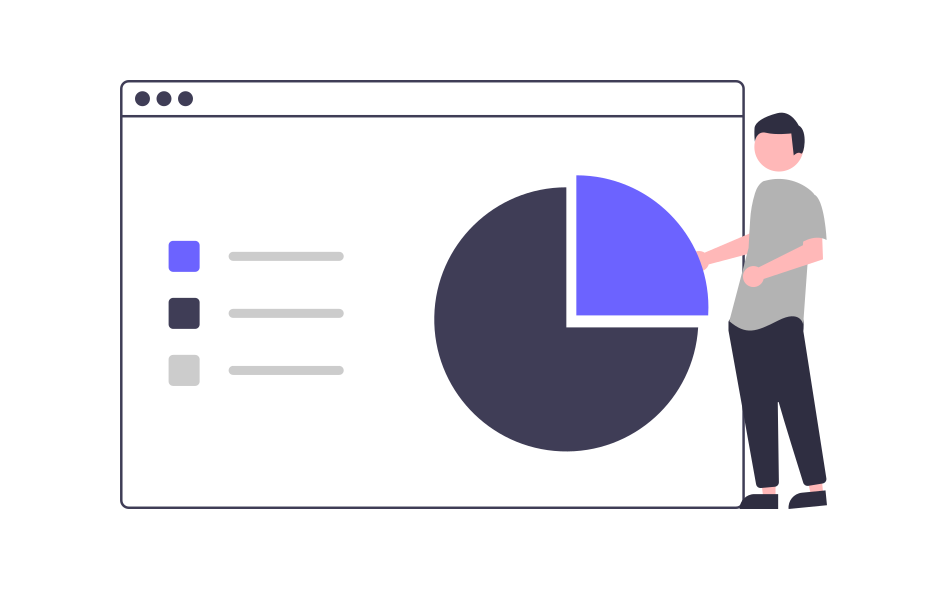In today's fast-paced digital landscape, customer preferences can shift rapidly. Staying ahead of these changes is crucial for marketers aiming to maintain relevance and engagement. Real-time behavioral segmentation offers a dynamic approach to understanding and responding to these evolving preferences. This blog explores the concept, benefits, and implementation strategies of real-time behavioral segmentation.
The Essence of Real-Time Behavioral Segmentation
Real-time behavioral segmentation involves continuously monitoring and analyzing customer behaviors as they occur. Unlike traditional segmentation methods, which rely on historical data, real-time segmentation provides immediate insights, allowing for swift adjustments to marketing strategies. Key components of this approach include:
-
Continuous Data Collection
- Ongoing capture of customer interactions across various touchpoints, such as websites, social media, and mobile apps.
-
Instant Data Processing
- Immediate analysis of incoming data to detect patterns and trends in real-time.
-
Dynamic Segmentation
- Real-time updating of customer segments based on the latest data, ensuring relevance and accuracy.
Advantages of Real-Time Behavioral Segmentation
Implementing real-time behavioral segmentation offers several notable benefits:
-
Proactive Engagement
- By understanding customer behavior as it happens, marketers can proactively engage customers with timely and relevant content, offers, and communications.
-
Enhanced Personalization
- Real-time insights enable hyper-personalized marketing, tailoring messages to individual customer needs and preferences at the moment they matter most.
-
Improved Customer Experience
- Providing customers with relevant and timely interactions enhances their overall experience, fostering loyalty and satisfaction.
-
Increased Conversion Rates
- Targeting customers based on their current behaviors and intents can significantly boost conversion rates, leading to higher sales and revenue.
Implementing Real-Time Behavioral Segmentation
To effectively implement real-time behavioral segmentation, follow these steps:
-
Set Clear Objectives
- Define the goals of your real-time segmentation strategy. Are you looking to increase engagement, improve personalization, or boost conversion rates?
-
Choose the Right Tools
- Select robust data collection and processing tools capable of handling real-time data. Platforms like Google Analytics 360, Adobe Experience Cloud, and Segment are popular choices.
-
Integrate Data Sources
- Ensure seamless integration of various data sources, including CRM systems, website analytics, and social media platforms, to create a comprehensive view of customer behavior.
-
Develop Real-Time Analytics Capabilities
- Invest in analytics tools and technologies that support real-time data processing. Machine learning algorithms can help identify patterns and trends as they emerge.
-
Create Dynamic Customer Segments
- Use real-time data to dynamically update customer segments. This ensures that your marketing efforts are always based on the most current and relevant information.
-
Monitor and Adjust
- Continuously monitor the performance of your real-time segmentation strategy. Be prepared to adjust your tactics based on the insights gained from real-time data.
Ethical Considerations in Real-Time Segmentation
While the benefits of real-time behavioral segmentation are substantial, it is essential to address ethical considerations:
-
Data Privacy
- Adhere to data privacy regulations such as GDPR and CCPA. Ensure that customers are aware of how their data is being collected and used.
-
Transparency
- Maintain transparency with customers about your data practices. Provide clear information on how real-time data is utilized to enhance their experience.
-
Fairness
- Avoid biases in your segmentation models. Regularly review and update your algorithms to ensure fairness and inclusivity.
Future Prospects of Real-Time Behavioral Segmentation
As technology advances, the potential for real-time behavioral segmentation will continue to grow. Future trends include:
-
AI and Machine Learning Enhancements
- AI and machine learning will further refine real-time segmentation, providing even more accurate and actionable insights.
-
Integration with Emerging Technologies
- Integration with technologies such as IoT and augmented reality (AR) will offer new data sources and opportunities for real-time segmentation.
-
Greater Automation
- Increased automation in data collection and analysis will streamline the real-time segmentation process, making it more efficient and effective.
Conclusion
Real-time behavioral segmentation is a powerful tool for marketers seeking to stay ahead of changing customer preferences. By leveraging continuous data collection, instant processing, and dynamic segmentation, businesses can enhance personalization, improve customer experiences, and increase conversion rates. As technology evolves, the capabilities and applications of real-time behavioral segmentation will expand, offering even more opportunities for marketers to connect with their audiences in meaningful ways.


